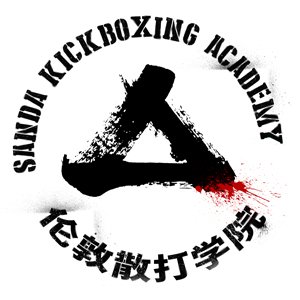OUR PHILOSOPHY OF SPARRING: A BALANCED APPROACH TO SKILL DEVELOPMENT
INTRODUCTION
Sparring is an integral part of martial arts training, offering practitioners an opportunity to test their skills, improve reflexes, and enhance their overall technique. However, it is essential to strike a balance between challenging oneself and prioritizing safety and long-term training sustainability. In contrast to many clubs that emphasize hard sparring, our philosophy centers on using sparring as a means to practice and develop skills, reserving intense sparring for those preparing for competition. This approach not only fosters longevity in training but also promotes general health and well-being.
SKILL DEVELOPMENT THROUGH CONTROLLED SPARRING
At our club, we understand the value of controlled sparring for skill development. Rather than focusing solely on winning or overpowering opponents, we emphasize the importance of technique, timing, and strategy. Controlled sparring allows practitioners to refine their movements, experiment with different combinations, and develop a deeper understanding of their art.
By employing a controlled sparring approach, we encourage practitioners to focus on proper form, footwork, and defensive maneuvers. This ensures that the emphasis remains on improving technique and developing a strong foundation in martial arts. With controlled sparring, practitioners can gradually build their skills, gaining confidence and precision without unnecessary risk.
RESERVING HARD SPARRING FOR COMPETITION PREPARATION
While controlled sparring forms the core of our training philosophy, we recognize the value of intense, hard sparring for those preparing for competition. Competitive athletes need to experience the pressure, intensity, and unpredictability of a real fight scenario. Hard sparring allows them to fine-tune their reflexes, stamina, and mental toughness, replicating the physical and psychological demands of an actual bout.
However, it is crucial to acknowledge that not all practitioners have aspirations for competitive fighting. For most individuals, martial arts training serves as a means to improve fitness, gain self-defense skills, and enhance mental well-being. For this majority, the focus should be on controlled sparring, fostering a safe and inclusive environment that encourages growth and lifelong engagement in martial arts.
LONGEVITY IN TRAINING AND GENERAL HEALTH
Adopting a philosophy that prioritizes controlled sparring for skill development contributes to the longevity of training and overall health. Hard sparring, when done excessively or without adequate preparation, increases the risk of injuries, including concussions, broken bones, and joint damage. By minimizing the frequency of hard sparring, practitioners can reduce the likelihood of severe injuries that might hinder their training progress or lead to long-term health complications.
Furthermore, a balanced approach to sparring promotes a healthy mindset and enjoyment of the training process. Practitioners feel more comfortable experimenting with new techniques, exploring their creativity, and engaging in continuous learning. This approach not only helps retain existing members but also attracts new individuals who may have been deterred by the prospect of constant intense sparring.
CONCLUSION
In our club, the philosophy of sparring revolves around using it as a tool for skill development, technique refinement, and personal growth. By placing a greater emphasis on controlled sparring and reserving hard sparring for those preparing for competition, we prioritize the longevity of training and the general health of our practitioners. This approach fosters a safe and inclusive environment that allows individuals to explore and advance their skills while maintaining a passion for martial arts throughout their lives.

